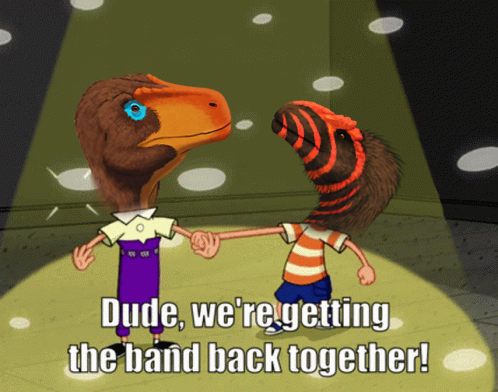Carnosauria was originally named in the 1920s as a grouping for all of the large-bodied theropod dinosaurs known at the time.
For much of the 20th century it was used as a general wastebasket taxon collecting together all big carnivorous forms – including allosaurids, carcharodontosaurids, megalosaurids, spinosaurids, ceratosaurids, abelisauroids, and tyrannosaurids – and for a while it even included a species that later turned out to be closer related to crocodiles than to dinosaurs.

But then cladistic analysis in the 1980s and 1990s revealed that some of these theropods weren’t actually closely related at all. Carnosaurs weren’t a natural lineage but instead were highly polyphyletic, with the physical similarities between them seeming to be more due to convergent evolution than direct shared ancestry.
Some carnosaurs were split off and reclassified as more “primitive” types of theropod, while the tyrannosaurs were placed much closer to birds with the coelurosaurs. The remaining “carnosaurs” were just the allosaurids, carcharodontosaurs, and their closest relatives, and some paleontologists now prefer to use the name Allosauroidea for this group to distance it from the previous wastebasket mess.
…But Carnosauria might not be done just yet.

The discovery of Asfaltovenator in 2019 complicated matters once again, with a mixture of anatomical features linking it to both the allosauroids and the megalosauroids (megalosaurids, spinosaurids, and their relatives) – suggesting that these two groups might actually have been closely related to each other in a single lineage after all.
This would potentially return Carnosauria back to something surprisingly close to its original definition, with the various megalosauroids now forming an evolutionary grade leading to the allosauroids.
